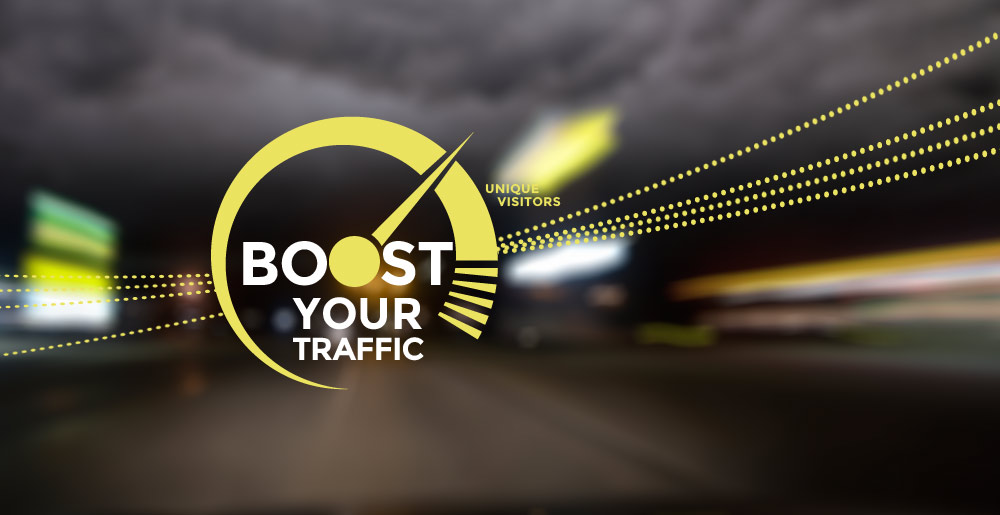Related Posts
Your website content has the power to draw people to your site and keep them there. So the key to driving more traffic and leads is to create more useful and optimised content. SEO is important but it is now more important to address the needs of your visitors, the reason why they come to your site and to provide answer and solutions. One important aspect of web content creation is to update the content regularly, but there are a whole many other points – from using keyword research to proper usage of images and much more.
The right combination of text and imagery can do the work for you, as long as you are using the right web content creation strategies. Keep in mind that it is not all about including lots of photos to draw and keep your audience engaged. Many SEO experts claim that more the content on your web pages, the better it will be for both drawing traffic and giving useful information to the visitors. This is in many ways correct, but the content should be relevant and useful for the user so that it will be read, shared and discussed online.
Your goal as a website owner is to get the most traffic to your site and to have a high conversion rate. Here are some tips that you must ensure to implement when developing your website’s content.
Develop a language style that takes you content further
Web content can be communicated online in many different styles. For example, you can take a deviation from the traditional more formal language approach and be humorous, to create emotional responses such as laughter, amusement and awe. The most popular emotions to inspire a social share are awe and amusement, so if this fits with the content subject you are creating it is worth experimenting to invoke these emotions in your audience.
One of the advantages of using a humorous approach is that it can help in improving share-ability, but you may have to consider the other, more professional approach depending on your audience and the message you want to send to them.
Effective use of Keyword Research
Keyword research is crucial to search engine optimisation, and your goal is to create optimised web content. The dynamics of keyword research have undergone some important changes after Google brought several major updates in recent years. Despite the changes, it is important for you to find out the keywords that your potential visitors are searching for on Google and other search engines.
Find out how often your relevant terms are being searched for. Use tools that help you learn the number of people searching for a particular keyword e.g http://keywordtool.io/ or http://www.semrush.com/ and the number of sites that appear in the SERPs (search engine results pages). When you create web content relevant to what people are currently searching for, it will help you create demand for your products/services.
You should be creating content targeted on areas with significant amount of demand. In fact, the most important web content strategy is to create content focused entirely on your target demographic. Content will always remain the king, and your goal should be to create useful, relevant and fresh content. Every web design and SEO expert agrees that textual content is central any web content strategy.
Apply some simple changes to way you handle images
Name Images Descriptively in Plain English
You will be posting many of your product / service photos on your website. The camera used to take these photos will always assign a default name to the images, and it is good practice follow the best SEO practices when naming and describing them. Create descriptive and keyword-rich names. This is important because search engines will also check your image file names for relevant keywords.
Optimize Alt Tags
Alt tags work as the textual alternative for your images that could be used by browsers when they can’t render the images properly. It is the text that appears when you hover your mouse over an image on the web. The right alt tags can help improve your website rankings and drive more targeted traffic.
File Size of your Images
The images should not be too large to increase your pages’ load time. It is important to keep the image sizes small so that your pages don’t take more than 8 seconds to load. A typical visitor takes around 3 seconds for the page to load on their PC and around 5 seconds on their phone. Anything more than that and you are going to lose potential viewers. It is worth noting that an internal study conducted by Amazon found that the online retail giant would lose $1.6 billion annually if their web pages were slow by just 1 second.
Track your Web Content
Creating and posting rich, useful and optimised content is important to the success of your web strategy. Once you have created the content (text and images) optimise it to improve the users experience. Its effectiveness should ideally be tested and the content will need to be updated regularly. Google Analytics can help you test all aspects of your web pages and the traffic they are generating. Check the effectiveness of your content on a regular basis and make appropriate changes to drive more traffic.





